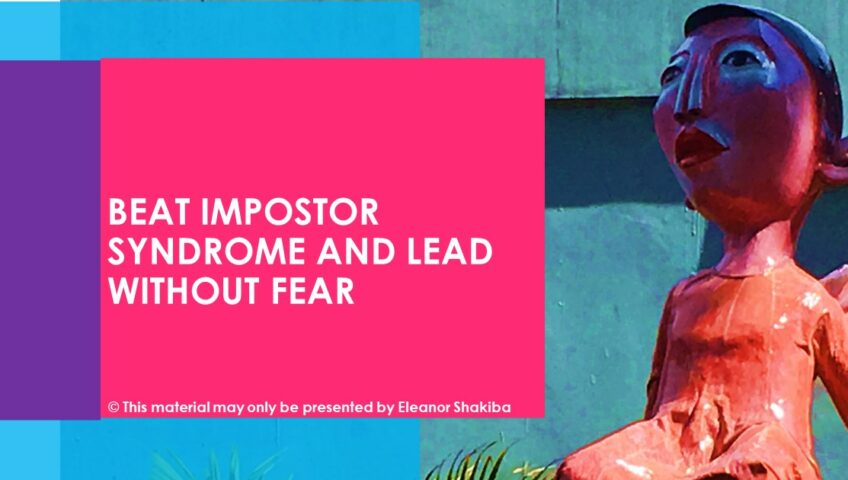Self-esteem impacts almost every aspect of your life, including your confidence and motivation. Yet, people haven’t always worried about their self-esteem. The idea that your happiness and performance are linked to your self-esteem is a relatively recent concept, but it’s an important one to understand.
When did we become so obsessed with self-esteem? According to an in-depth article from Belinda Drummond on the work of Glynn Harrison, the modern self-esteem movement started in the 1960s. Harrison explains in his book The Big Ego Trip that the ’60s led to a shift from prioritising the needs of others to focusing on your own happiness.
This period also marked the rise of psychology as a scientific discipline. Psychologists could use self-esteem to compare and analyse the results of their research. Self-esteem gave psychology a way to achieve greater credibility. Society embraced the idea of helping oneself before trying to help others. The concept of putting others first became less desirable.
Self-esteem was the focus of the work for many leading psychologists of the 1970s. As the decades wore on, self-esteem and psychology became part of popular culture. However, Harrison also points out that the concept of self-esteem is not evidence-based. It’s also very fluid. Your self-esteem may go up or down depending on how your day goes, making self-worth a more vital part of your wellbeing.
Self-worth allows you to accept that you’re a valuable human being, providing a stable base for building more self-esteem. Based on Harrison’s research, modern psychology is closely connected to the exploration of self-esteem. Both are now a much more integral part of how we perceive ourselves and the world around us. Read the original article here.
So, why does self-esteem matter? Your self-esteem influences your happiness, wellbeing, and confidence. As a confidence coach, I’ve also seen how a lack of self-esteem tends to sink motivation. If you don’t believe in yourself, you’re less likely to maintain your motivation during a challenging task. You may feel that you don’t deserve success or that success is beyond your reach.
Low self-esteem often stems from fear. You may fear criticism, failure, rejection, or embarrassment. Neuro-linguistic programming gives you the tools to manage your fear by reframing your inner dialogue. You can learn how to use self-compassion to give yourself stable self-worth, instead of focusing on your self-esteem.
The self-esteem movement came to life in the 1960s and remains an important part of modern psychology. Increasing your self-esteem could unlock your full potential. If you currently lack self-esteem or feel like an imposter in the workplace, it’s time to explore the right solution. Learn how to beat imposter syndrome with my one-to-one coaching or online courses at https://thinklearnsucceed.com.au.




